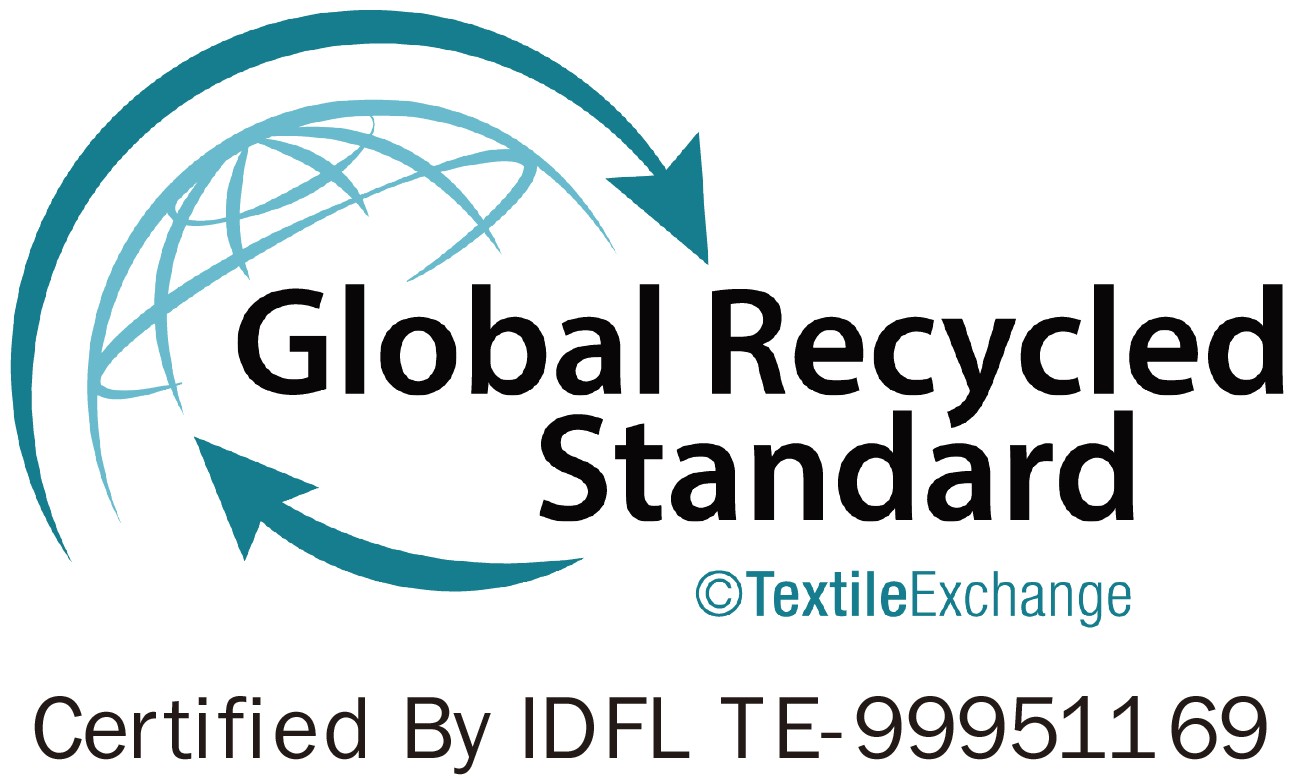What is Recycled Nylon by Ocean Waste Plastic?
Ocean Recycled Nylon is a type of plastic made from ocean plastic fishing nets, which is retrieved from the world's oceans. Damaged fishing nets, part of Ocean Plastic, a term used to describe plastic waste that is at risk of ending up in the ocean nearshore. The process of recycling ocean plastic nets involves collecting discarded fishing nets, washing and separating them by color, shredding them into flakes, then melting and processing them into new material. Recycled Nylon can be used in creating sustainable consumer products.

According to the article “Evidence that the Great Pacific Garbage Patch is rapidly accumulating plastic”, it states three-quarter the Great Pacific Garbage Patch mass was carried by debris larger than 5cm and at least 46% was comprised of fishing nets. ”The ocean nearshore fishing net recycling process is a win-win situation: it protects wildlife, benefits local fishing communities while also providing a second life to discarded nylon waste created by companies that make consumer goods out of plastic. RebornPlas, GRS and UL certified manufacturer in Taiwan help many brand name owners to use ocean waste recycled nylon for their products and other applications where strength and durability are requirements.

4 Considerations When Selecting Recycled Nylon and Its Supplier
There's a lot to consider when selecting recycled nylon and suppliers. Here are 4 important considerations to help you find the right one.
-
Embrace Extensive Collaboration with Experienced Suppliers to Reduce Risk
For many companies, the use of recycled nylon in new applications or products represents a significant innovation to their production. In some cases, innovation may bring unexpected changes in how these existing or new materials process their products. Thus, the first consideration is having an experienced material supplier as a partner and having extensive collaboration and cooperation to reduce risks or potential redesign of the products for optimal integration. They will guide you and also partner up with you on how to introduce recycled nylon into mass production.
-
Traceability, Transparency and Certificate Available
To ensure the recycled nylon you are buying is traceable and transparent, there are several ways to do this. One simple way is for the certification issued by the 3rd party to be available for you to view. It means the recycled nylon you buy is fully traceable from the collection. There are other certifications including GRS (Global Recycling Standard) which is about the amount measurement of recycled content in products, and also UL 2809 Ed. 5, which is about the criteria for ocean nearshore and ocean source plastics.
Many suppliers offer certifications to prove that they provide ocean waste recycled nylon that is traceable. However, there are always more details to keep an eye on. For example :- Make sure the certification date on which the certificate has not expired.
- Make sure the lot number and the weight stated on the order matches the recycled nylon that you are buying.
- The Transaction Certificate (TC) is considered as the best proof of ocean waste plastic traceability. Only qualified suppliers can provide TC upon every shipment, and purchasers can get guaranteed confirmation to the percentage of recycled nylon content for the cargo shipped from the seller.
Wanna know further information about Transaction Certificate? GRS 4.0 Global Recycled Standard

-
Stable Supply
The largest concern when you are considering recycled ocean waste plastic as the new material, will there be a large and stable supply of ocean waste recycled nylon? If you cannot get a stable supply in a steady stream, it will force you to stop production, which means you will be forced to change formulas, and cause a lot of losses and/or inconveniences on your production lines.
-
Consistent Quality
Another large challenge when working with recycled materials is material consistency. Post-consumer waste can vary depending on its condition. It may contain more or less oil, glass, wood, and sand than the last lot. The product made with recycled plastic could also be of inconsistent quality across batches. Only qualified recycled nylon suppliers are able to manage and ensure the consistency all along the production process. Otherwise, you end up with variability in the product.

Brands That Make Products Using Ocean Waste Nylon
Reduced environmental impact and higher performance are two goals many brands look for in sustainable new products. RebornPlas has successfully tailored its regenerated nylon to meet the specific needs of the brand and the new products. RebornPlas ocean waste recycled nylons are created from abandoned fishing nets collected along Taiwan, Japan, Southeast Asia and South American coastline. The finished high-performance polymer contains a minimum of 20%~ 100% recycled polyamide 6.
-
Water Bottle Cage for Bikes Using Recycled Ocean Waste Plastic : Trek
Trek Bat Cage is an injection-molded water bottle cage first introduced in 1997. The newest version is made from discarded and end-of-life fishing nets. These cages are simple, light, and durable. RebornPlas is dedicated to recycling fishing nets, and the supplier who offers a total solution for recycled nylon to produce water bottle cages.
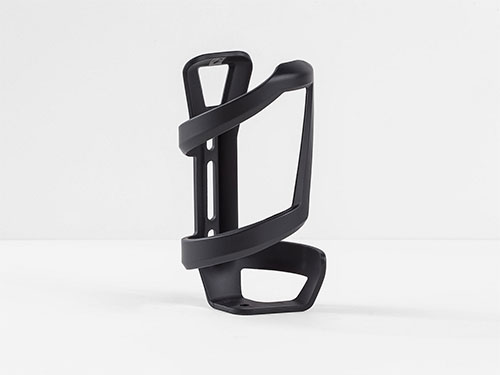

-
Recycled Ocean Plastic Sunglass : HWA MEEI OPTICAL
For the next generation of sunglass frames, HWA MEEI has come up with a fantastic design, and they are made entirely from recycled fishing nets. It is also the first sunglass brand that uses recycled nylon from ocean nearshore waste plastics in Taiwan. RebornPlas teamed up with HWA MEEI OPTICAL company and helped gather discarded fishing nets, and then checked, cleaned, cut, dried and prepared the material. The material then gets extruded and tailored into recycled nylon that becomes a sustainable frame.
-
Furniture Made From Recycled Fishing Nets
More office furniture uses recycling materials to make new products because sustainable designs and going into greener products are the trends that no one can deny. They use RebornPlas recycled nylon in its structures. RebornPlas has worked with customers for sustainable office furniture for more than 10 years. The application includes chair back frames, armrests, bases and casters, and more. RebornPlas continuously rediscovers, reuses and recycles through repurposing nylon marine debris, allowing them to create new nylon consumer goods and provide solutions to the ocean’s growing problem.
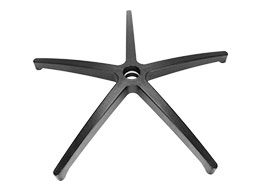
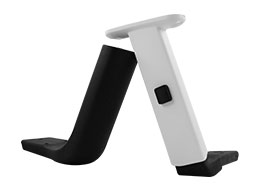
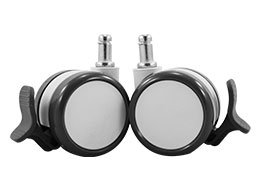

Read Also : Nylon PA6 and PA66-Breaking Down the Best Choice For Your Application
Ocean Recycled Nylon from RebornPlas
In the past, the use of ocean-recycled nylon for industrial products was something done only for cost down reasons. Change is all around us and more enterprises who want to lead in their community or industries need to act responsibly. Sustainable practices are at the heart of most new business enterprises these days. RebornPlas is dedicated to offer a TOTAL SOLUTION for brands or manufacturers in developing sustainable products by using wasted nets from the ocean nearshore. All of RebornPlas Ocean Recycled Nylon are RoHS、REACH、GRS、and UL certified. There are 4 common grades : General Grade, Glass Fiber Reinforced Grade, Glass Fiber Reinforced & Impact Resistance Grade and Ultra Impact Modified Grade.
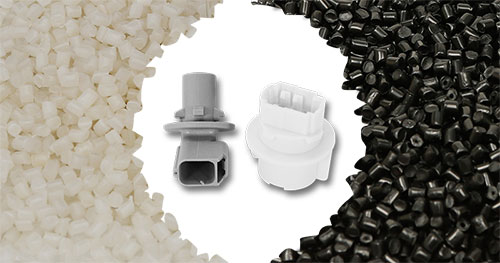
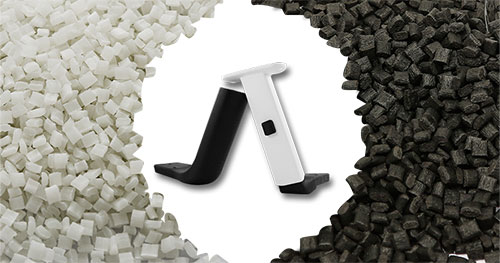
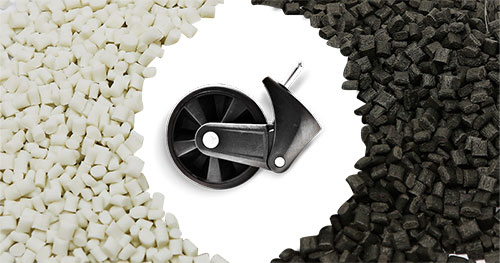

You can explore more about ocean recycled nylon solutions here: Vertical Integration Manufacturing Line. Or please contact us to get a sample or information on a customized solution.



